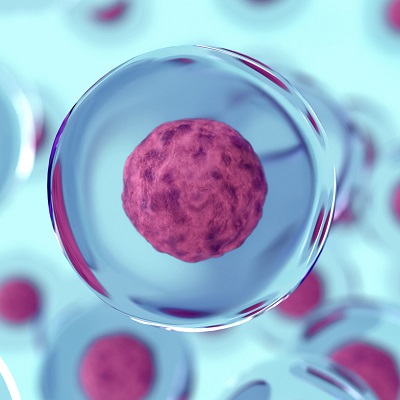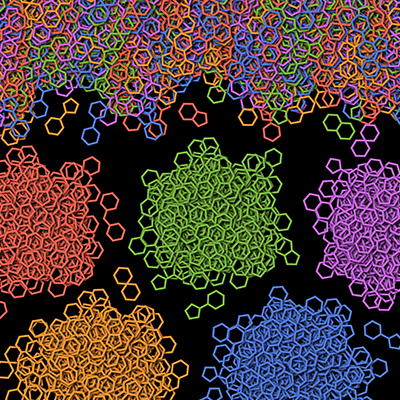December 9, 2022 -- Complementary genome-scale, chemical-genetic approaches have revealed a cellular gateway that could allow large molecules to enter cells, providing new opportunities to develop drugs for intracellular targets, according to University of California San Francisco (UCSF) researchers.
The inability of large molecules to cross cell membranes has traditionally constrained drug design. Faced with an intracellular target, researchers have focused on low-molecular weight, nonpolar, rigid chemical structures. Such molecules cross cell membranes but can lack the specificity to differentiate between similar binding targets, leading to off-target effects and limiting the ability of scientists to develop drugs against some important, validated targets.
Kevin Lou, an MD-PhD student at UCSF, explained the problem -- and how researchers are trying to overcome it -- in a statement about his new paper published December 8 in the journal Science.
"There are over 500 human kinase enzymes that are very similar in the pocket where the drug binds, making it a challenge to selectively target a single member of this family and leading to undesirable medication side effects," Lou said. "Increasingly, it has been found that certain linked molecules outside this traditional framework can maintain drug-like properties and gain new mechanisms of action."
Lou, the study's first author, worked with collaborators including UCSF researchers Luke Gilbert, PhD, and Kevan Shokat, PhD, to show how linked molecules can overcome the traditional restrictions on drug characteristics. The scientists used a mix of functional genomics and chemical methods to find an endogenous pathway involving interferon-induced transmembrane (IFITM) proteins that promote the cellular uptake of diverse linked chemotypes. The chemotypes are made by linking multiple ligands into a single chemical entity.
By linking multiple ligands, researchers can create molecules that bind to targets with greater specificity than the small molecules traditionally used to hit intracellular targets. Conventional thinking is that such large molecules cannot hit intracellular targets. However, the researchers showed that IFITM proteins, which are found in plasma membranes, can grant linked chemotypes access to the insides of cells.
The UCSF scientists designed two linked drugs. One of the candidates, DasatiLink-1, was a linker-joined combination of two drugs that bind to different pockets of the leukemia protein BCL-ABL1. A drug that binds to two distinct parts of the protein could have greater specificity and efficacy. For the second drug candidate, the researchers linked two molecules of the chemotherapy drug rocaglamide.
Both candidates violate traditional drug design principles. However, both candidates entered cells, provided they expressed the IFITM protein. The scientists are now working to optimize the linked BCL-ABL1 inhibitors. They contend that the discovery of a cellular uptake pathway important for large, complex molecules can be leveraged to create new drugs for the treatment of cancer and other diseases.
"Hopefully, our study will generate new clues for how IFITM proteins function mechanistically that can be pursued by drug design scientists and virologists," said co-corresponding author Gilbert, who holds the Goldberg-Benioff Endowed Professorship in Prostate Cancer Translational Biology at UCSF. "We are also excited to expand the scope of intracellular targets amenable to bitopic inhibition."
Copyright © 2022 scienceboard.net











